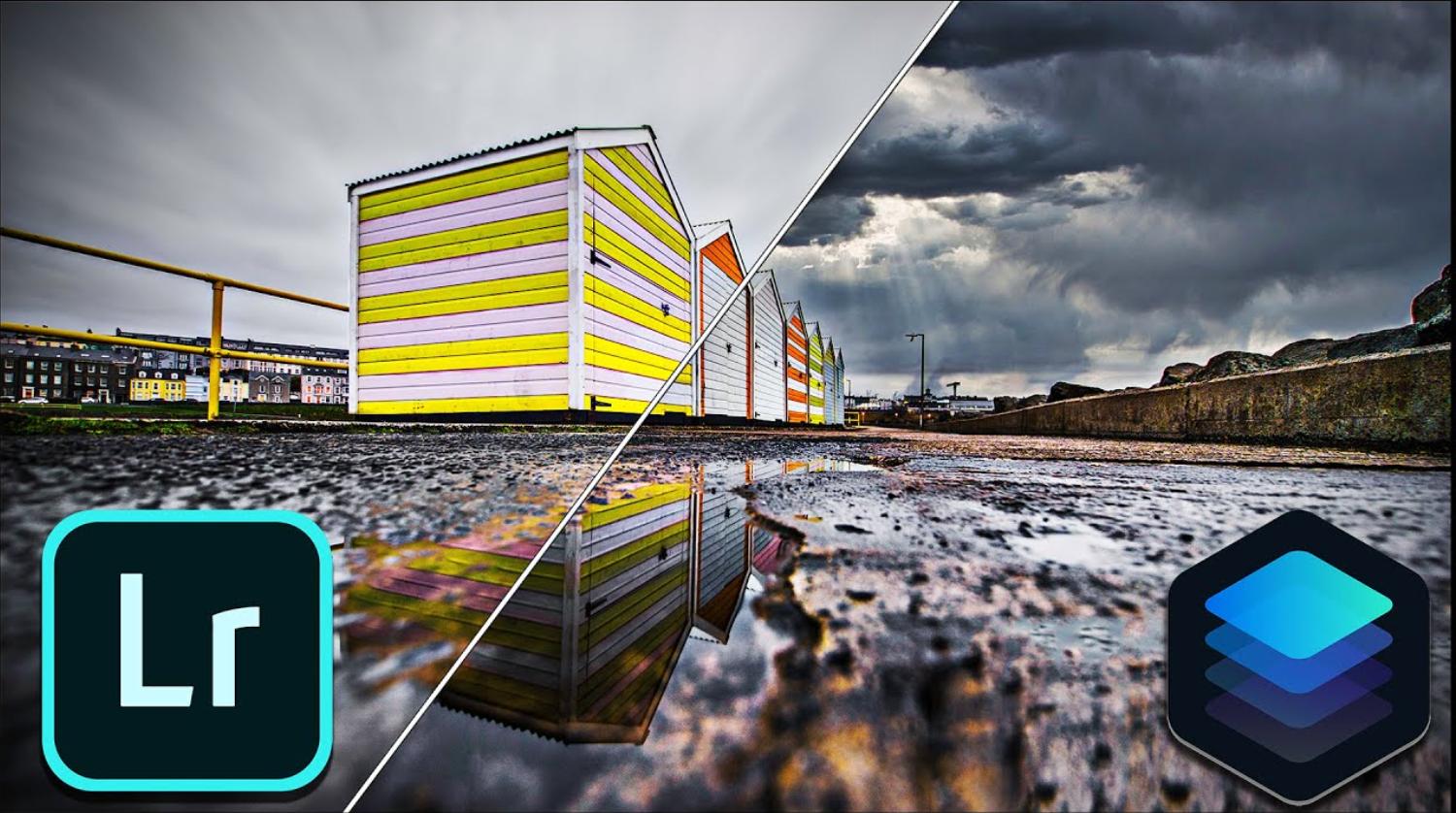In this era of digital photography, photo editing software plays a vital role in making our images shine. Two big names that emerged in this space are Luminar and Lightroom. Today, we venture into the nuances of these tools, pitting Luminar vs Lightroom, to see which better fits you.

Luminar vs Lightroom
Background Information
Each of these programs has its roots in catering to the needs of photographers worldwide. Luminar, developed by Skylum, has made a name for itself as an innovative solution focusing on AI-driven editing techniques. On the other hand, Lightroom, an Adobe product, has maintained its stronghold thanks to its streamlined workflow and comprehensive feature set.
Interface and User Experience
Navigating the interface of both platforms reveals some striking differences. Luminar’s modern and sleek interface can be customized according to user preferences. It’s more flexible but may require time to master. On the contrary, Lightroom’s design is straightforward, with a more rigid yet user-friendly environment that has remained relatively consistent over the years.
Functionality and Tools
Moving to the suite of tools, both offer a robust set of features. Luminar’s strength lies in its AI-powered tools, such as Sky AI and Structure AI, which let users make dramatic changes with a few clicks. However, Lightroom shines with its vast array of sliders and controls, allowing for detailed, granular editing. It also has superior cataloging and batch editing capabilities, a boon for professional photographers dealing with large volumes of images.
Image Quality and Output
When considering the outputs, the quality produced by both platforms is top-notch, as expected from industry leaders. With Luminar, you get more creative, automated control that can sometimes result in overprocessed images if not used carefully. Conversely, Lightroom tends to promote a more realistic, detail-oriented approach that supports non-destructive editing.
Performance and Efficiency
Performance-wise, both platforms demand a closer look. Luminar’s advanced features can sometimes tax the system and require more robust hardware to run smoothly. Despite its comprehensive feature set, Lightroom generally works more efficiently across a broader range of systems.
Pricing and Value
Now let’s talk about value for money. While the cost might be a deciding factor, what you get for the price is equally important. Luminar is available for a one-time purchase, which includes future minor updates. Lightroom, however, comes as part of the Adobe Creative Cloud subscription, giving access to regular updates but with recurring payments. It’s a trade-off between upfront investment and ongoing expenditure.
Community and Support
Behind every great product is a robust community and support system. Luminar’s support includes a blend of tutorials, webinars, and a helpful user community. With Lightroom, you can access a wealth of online resources, including Adobe’s extensive tutorial database and a larger, global user community.
| Feature | Luminar | Lightroom |
|---|---|---|
| Editing Tools | AI-powered editing tools, filters, presets | Comprehensive editing tools, filters, presets |
| Organization | Basic file organization | Robust cataloging, metadata, and keyword tagging |
| Workflow | Non-destructive editing | Non-destructive editing (requires sidecar/XMP files) |
| AI Features | AI Sky Replacement, AI Enhance, AI Structure | Limited AI features |
| User Interface | Intuitive and user-friendly | Clean and customizable interface |
| Subscription | One-time purchase model | Subscription-based model |
| Price | Varies depending on version and upgrades | Monthly or annual subscription fees |
| Local Adjustments | Limited localized adjustment tools | Extensive localized adjustment tools |
| Cloud Storage | Limited cloud storage integration | Seamless cloud storage and synchronization |
| Performance | Fast processing and performance | Optimized performance with large libraries |
| Camera Compatibility | Wide range of supported cameras | Wide range of supported cameras |
| Updates and Support | Regular updates and customer support | Regular updates and customer support |
The Verdict: Luminar vs Lightroom
When the dust settles in this Luminar vs Lightroom battle, it becomes clear that both have their strengths. Luminar is ideal for those seeking an innovative, AI-centric approach to photo editing. It offers a wealth of creative control with its one-click solutions. Lightroom may appeal more to traditionalists and professionals needing powerful cataloging tools, granular controls, and an efficient workflow. The choice depends on your editing style, technical needs, and budget constraints.
Conclusion
In conclusion, both Luminar and Lightroom offer compelling arguments for being your go-to photo editing tool. While this exploration into Luminar vs Lightroom helps illuminate the strengths and weaknesses of each, the best choice ultimately hinges on your specific requirements. It’s worth trying both to determine which meets your creative needs and which provides the best platform for your digital darkroom.







Add Comment